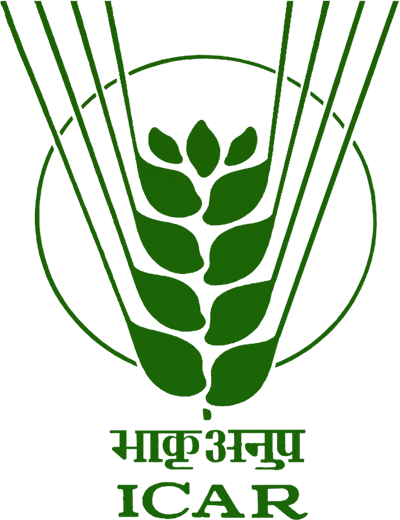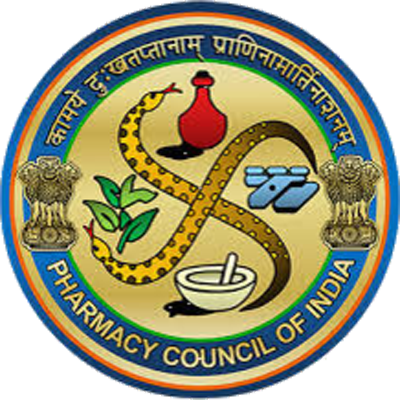Plants are our best buddies. Our journey from birth to bereavement is accompanied by them. Is it sounding mystical, metaphysical? Then let’s start a voyage into the curious and captivating world of plant science. In material life apart from food products, plants are part of our residence, furniture, transport, medicine, and leisure. Could you imagine a lazy winter afternoon, sitting inside a blooming phlox garden and playing the flute?
The vivacious colour and the delicate fragrance of the flower and serene music of flute bringing a divine tranquil inside mind of an urban tinker. Or a wonderful panorama of a rural meadow where the tuft of tender grasses is embracing a tired traveler, beckoning to take rest. These are the exquisite, ethereal part of life with our very own neighbouring floral community.
Now we will proceed towards the darker side of the story. Are you willing to know about the mysterious secret of our neighbours? The global tale of the barbarous, atrocious, and criminal interplay of phytochemicals and human punishments are the darkest chapters of ancient civilizations. Diverse plant poisons were administered for time immemorial in European countries to condemned prisoners. The well-known hemlock poisoning of the great philosopher Socrates or aconite poisoning of Alexander the great was the best example of these silent executioners. Conium maculatum and Aconitum napellus were the herbaceous plants that produce the above-mentioned poisons. In the Indian history of plant poison, the common names include Datura stramonium, Plambago Rosea, Luffa aegyptiaca, Lathyrus sativus. In pre-British India, Phyto-poisoning was an integral part of different regime’s political, social, ideological, and forensic processes. Though phyto-evidence was an old and consistent segment of the human crime and justice system, the recognition of the role of this bio-kingdom in forensic science is a somewhat new one.












 14 Jul 2021
14 Jul 2021



